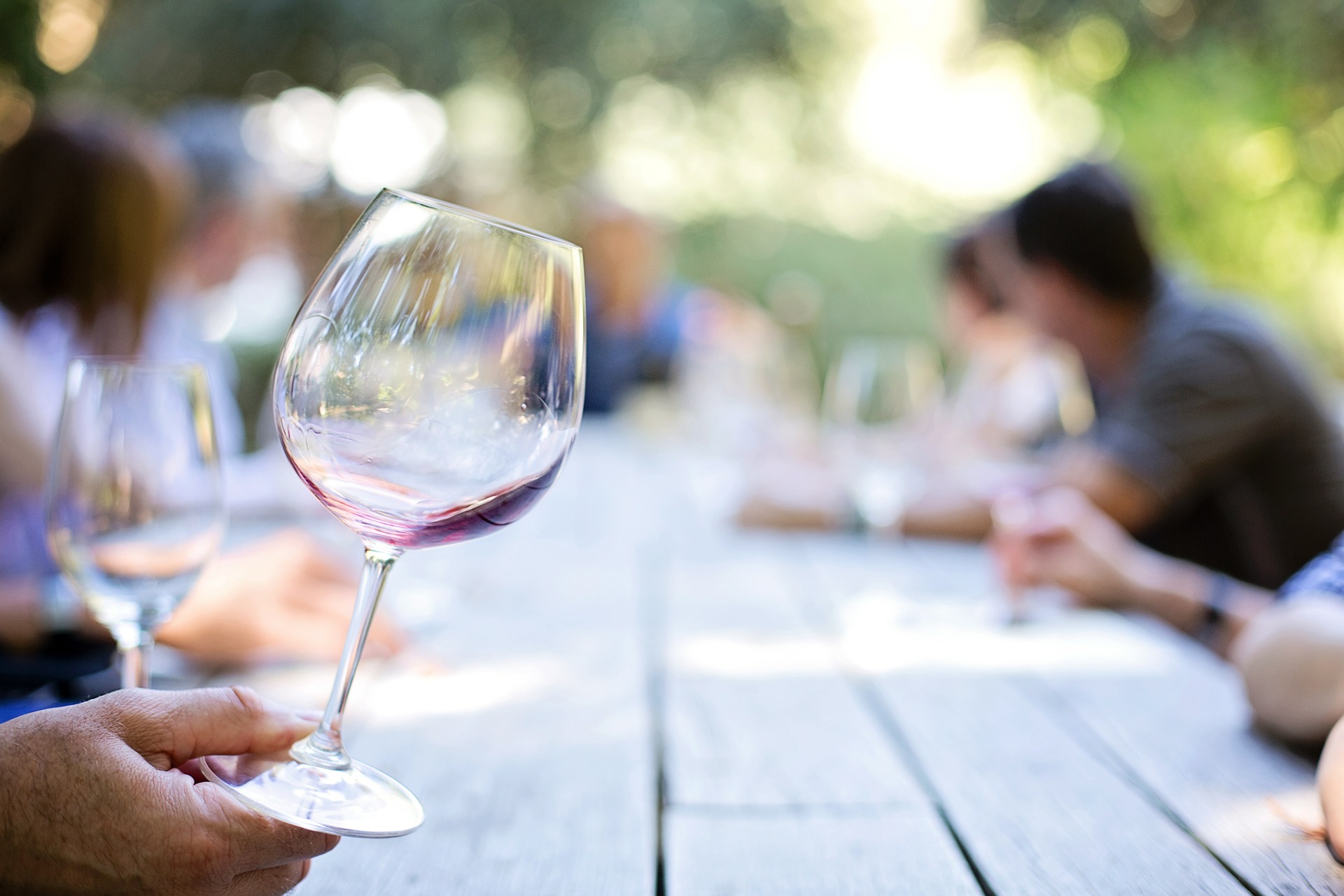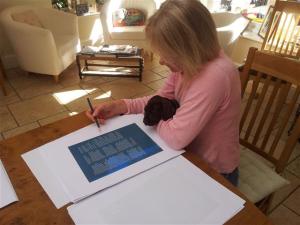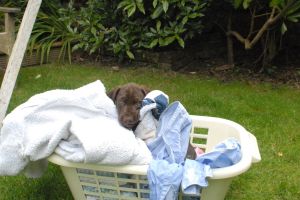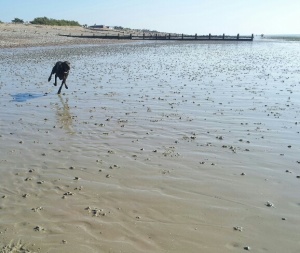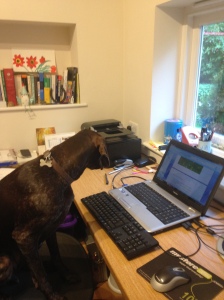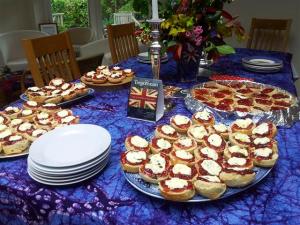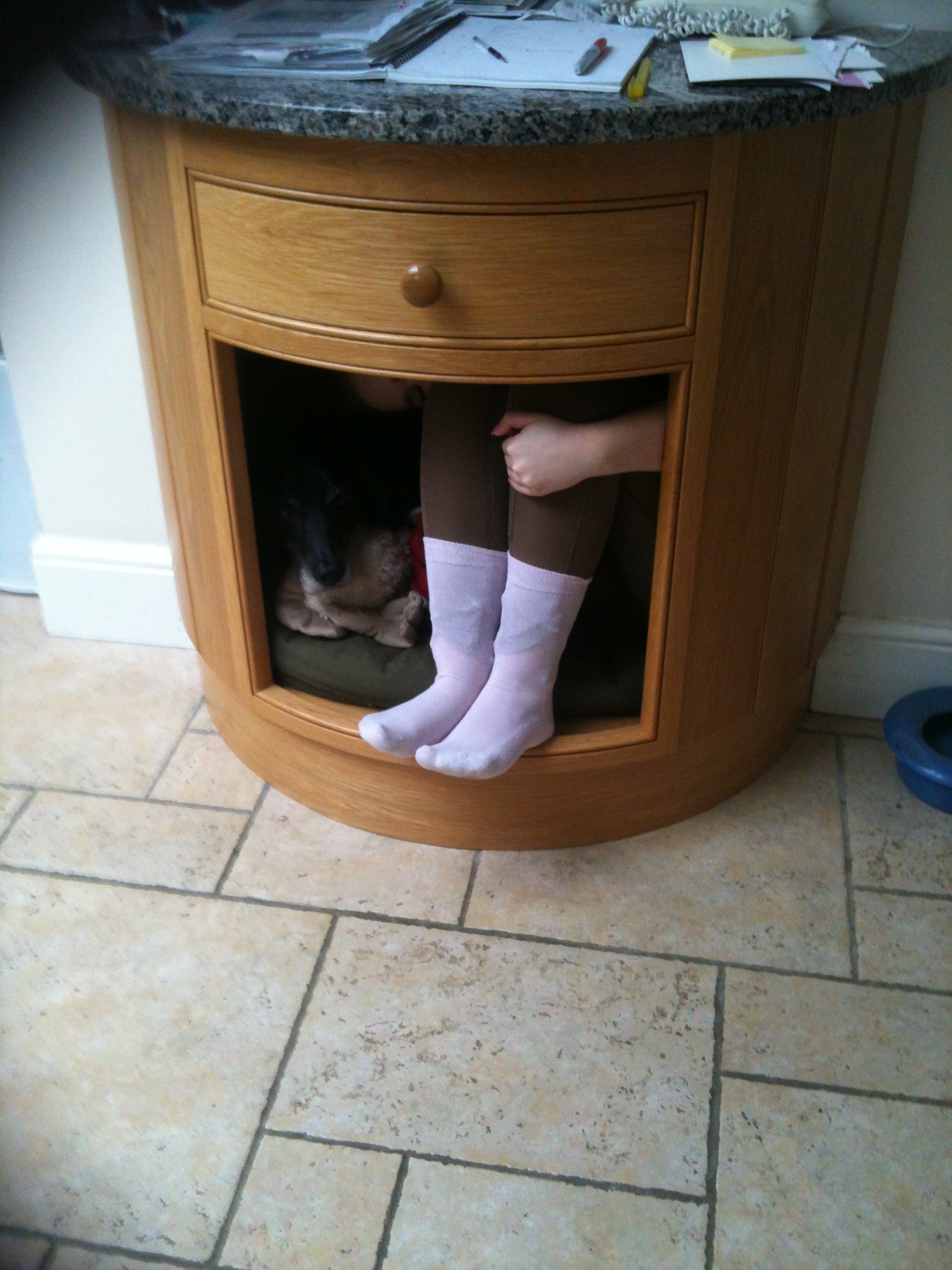
OK, I admit it – I’m a great fan of afternoon naps, especially if I’ve had a few nights of poor sleep. For years, while I juggled bringing up three children under four-and-a-half with building up my copywriting business, it was my survival strategy. Despite years of broken nights and early mornings, I managed to continue to work around the chaos and exhaustion, with my secret weapon being a daily 20-minute snooze after lunch, at the same time as many office workers were taking their lunch hour. Nowadays, with a more peaceful home office and a fast-growing business, I don’t always take time out; however, following recent research showing the many health benefits of napping, I’m tempted to reintroduce it into my working day.
Feeling tired during the day isn’t unusual. According to the National Health Interview Survey, as many as one in three of us sleep six hours or less each night, with sleep deprivation being linked to psychological problems including depression. Tiredness has also been shown to increase the number of calories some people consume following a bad night’s sleep, according to research from King’s College, London. However, having even a short nap has been shown to help our mental, physical and emotional health, and even to reduce the risk of dying from heart disease.
Many people use caffeine to keep themselves alert during a long working day, especially around 3pm when there’s a slump in productivity. However, although caffeine is fine in moderation and can temporarily make you feel more awake and energetic, too much can cause side-effects including anxiety and digestive problems as well as muscle tremors. Having caffeine late on in the day can also mean your night time sleep is disrupted.
Whether or not we actually feel tired, for most people our reaction time, memory and alertness is reduced in the middle of the afternoon. In Latin American countries, the Siesta is built into the working day, enabling employees to wake feeling refreshed so that they can feel more alert as they return to work later into the (cooler) evenings.
How long?
The National Sleep Foundation recommends a short nap (20-30 minutes) to improve short-term alertness and performance, without feeling sleepy afterwards. This is backed up by a study published in the Endocrine Society’s Journal of Clinical Endocrinology & Metabolism (JCEM) that showed just 30 minutes of napping could reverse the effects of a sleep-deprived night, as well as reducing stress and strengthening the immune system.
Research carried out by Matthew Walker, a psychologist at the University of California Berkeley, suggested that the timing of the nap was also important, with the optimum time being after lunch.
Having a longer nap has been shown to help improve the ability to remember facts, faces, and names. A recent study published in the Journal of the American Geriatrics Society suggested that people who took an hour-long nap after lunch did better on mental tests than those who took shorter or longer rests, or didn’t nap at all.
Napping at work
There’s plenty of advice about how long we should nap without it affecting the quality of our night time sleep but, in the end, taking any sort of break from our desks isn’t always possible. Whether we can take a nap or not is likely to be down to whether we work from home, the culture of the company that employs us, and whether or not our surroundings are peaceful enough to make it possible.
Airline pilots and air traffic controllers already benefit from sleep breaks during their shifts because of evidence showing the negative effects of sleep deprivation on decision making. Examples where sleep deprivation has been a factor in poor decision making include the Chernobyl explosion, the Exxon Valdez disaster and the loss of the Challenger space shuttle.
A number of organisations, particularly in the United States, including Uber, Google, Ben & Jerry’s, Procter & Gamble, Facebook, and PwC, have already recognised the positive benefits of napping in the middle of the working day; these include healthier staff and increased productivity in the afternoons. They’ve developed a culture where it’s acceptable to nap in specially designed rooms or Sleep Pods which block out noise and light and which have a timer so no one oversleeps.
Top tips for napping
- Clear it with the boss!
- If you’re short on time, keep naps to between 15-20 minutes
- Find a quiet place where you’re unlikely to be disturbed
- Switch off/silence your mobile phone and other devices
- Practise deep breathing to help yourself to relax



